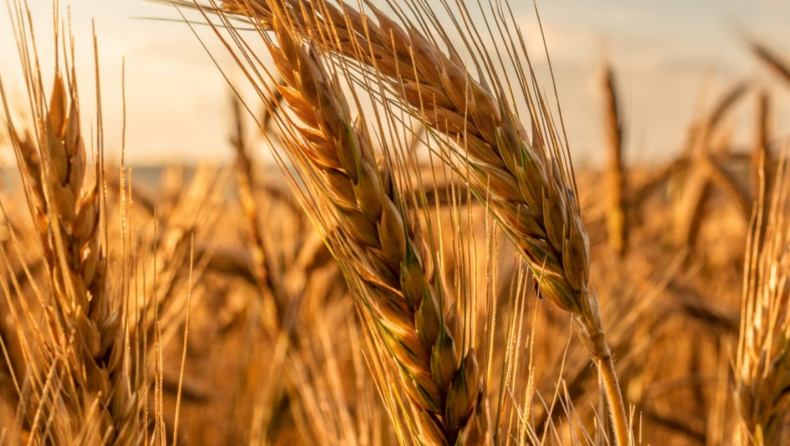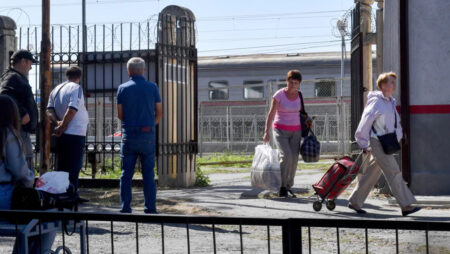The Russian invasion of Ukraine is already in its third month. Ukrainians, backed by the US and Europe’s active weaponry supply, have put up a strong fight, preventing Russian tanks from capturing Kyiv, the country’s capital.
The two conflicting countries contribute significantly to worldwide production of barley, wheat, maize, rapeseed, sunflower seeds, and sunflower oil in the grain sector. Russia is the world’s largest wheat exporter, while Ukraine is the fifth largest, with a combined share of the global wheat market of 25%.

The Russian Federation was also the leading exporter of nitrogen fertilizers, the second largest provider of potassium fertilizers, and the third largest exporter of phosphorous fertilizers in the world.
Countries that rely on Russia and Ukraine for cereal grains and fertilizer should seek out new and more diverse food sources, but be wary of lowering import barriers, according to Qu Dongyu, Director General of the UN Food and Agriculture Organization, in an opinion column published on March 11th.
Countries that rely on food imports from Russia and Ukraine should rely on current food inventories and diversify domestic production in addition to looking for alternative suppliers.
According to Dr. Qu, governments must develop social safety nets to safeguard vulnerable people.
India’s chance to enter global wheat export market
Since the crisis began last month, the globe has been looking to India for wheat to cover the massive stockpiles left by the turmoil in Europe’s breadbasket and the sanctions imposed on its invader. The Black Sea ports of Ukraine are closed, and grain shipping by train may be impossible due to damage to the railway system.

Vikas Narwal, Managing Director of the Madhya Pradesh State Agricultural Marketing Board (MPSAMB), said that 1.76 lakh tonnes of wheat were exported from the state during the previous marketing season, while about 2.5 lakh tonnes have been exported in the last month of this season alone, which still has two months left.
India is the world’s second largest wheat production (approximately 108 million tonnes in 2020-21), with a global share of around 14%, but its global export share is less than 1%, with a position of 36 (in 2020). Australian wheat, which competes with Indian wheat, will not arrive until November, giving India’s wheat export market an advantage.
Published by: Aditya Negi
Edited by: Khushi Thakur













